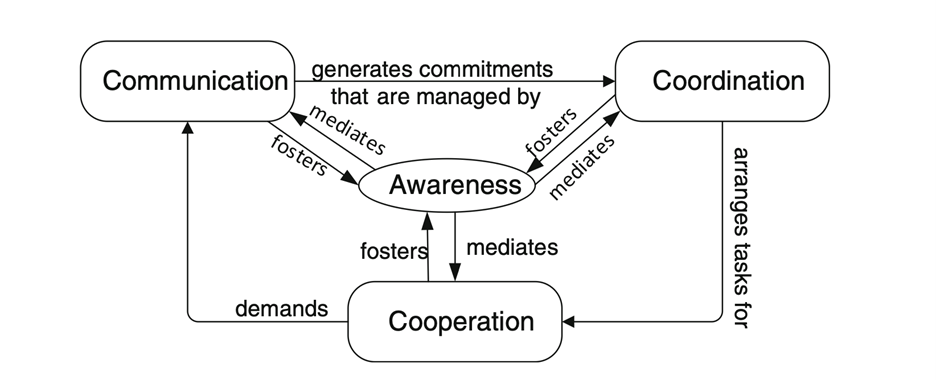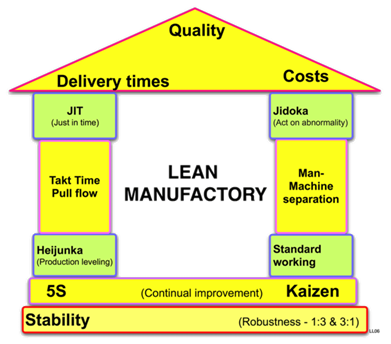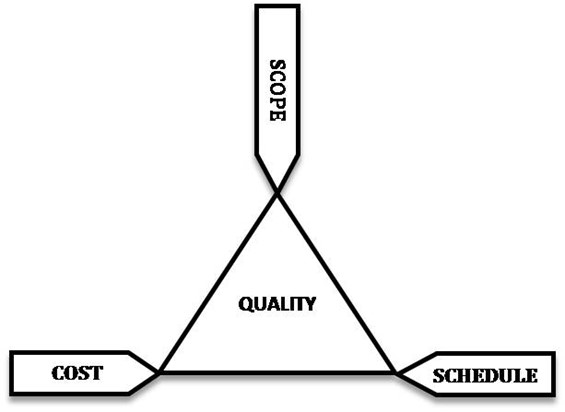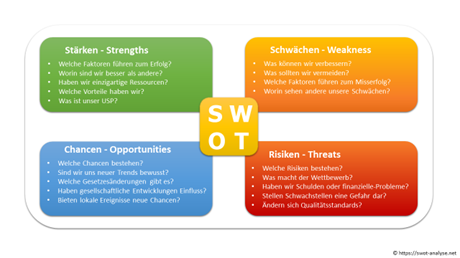Project Scope: A Comprehensive Guide
Clearly defining scope is the foremost step to completing a project successfully. The project scope outlines the boundaries and objectives of the project, providing a roadmap for project stakeholders to understand what needs to be accomplished, the required resources, and the timeline for completion.
This article is a comprehensive guide that will delve into the key aspects of project scope, including its definition, importance, elements, and how to manage scope changes efficiently.
What is the Project Scope?
Project scope refers to the specific objectives, deliverables, features, and functions of a project. It defines the boundaries of the project, outlining what is included and what is not. By defining the project scope, project managers can establish a clear understanding of what needs to be achieved, ensuring that all stakeholders are on the same page.
Importance of Project Scope:
1. Clarity and Direction:
A well-defined project scope provides clarity and direction to the project team, stakeholders, and clients. It ensures that everyone involved in the project understands what needs to be accomplished, reducing confusion and improving collaboration.
2. Resource Management:
Project scope helps in efficient resource allocation. It enables project managers to identify the necessary resources, such as staff, equipment, and budget, required to complete the project successfully. By having a clear scope, project managers can avoid over-allocation or underutilization of resources.
3. Cost and Time Estimation:
Project scope assists in estimating the cost and duration of a project accurately. With a well-defined scope, project managers can identify the tasks, dependencies, and milestones, allowing them to create realistic project schedules and budgets.
4. Risk Mitigation:
The project scope also aids in managing risks effectively. By clearly defining what is included and excluded in the project, potential risks and challenges can be identified early on, allowing project managers to develop appropriate risk mitigation plans.
Advertisement
[widget id=”custom_html-68″]
Elements of Project Scope:
1. Objectives:
Clearly defined project objectives are crucial to the project scope. It is essential to understand what results the project aims to achieve and how it aligns with the overall organizational goals.
2. Deliverables:
The project scope should identify the tangible outputs or deliverables that the project team will produce. These deliverables could be physical products, software, reports, or any other measurable outcome.
3. Boundaries:
The scope must outline the boundaries of the project by specifying what is included and what is excluded. This helps in avoiding scope creep, which refers to the uncontrolled expansion of project boundaries during the project’s execution.
4. Constraints:
Identifying constraints within the project scope is also important. Constraints may include limitations in terms of time, budget, resources, technology, or any other factor that may impact the project’s execution.
Managing Scope Changes:
In the course of a project, changes to the scope are inevitable due to various factors such as changes in requirements, stakeholder requests, or unforeseen circumstances. However, managing scope changes is crucial to prevent scope creep and ensure project success.
Here are some key steps to effectively manage scope changes:
1. Clearly communicate the change
When a scope change is proposed, it is important to transparently communicate the implications of the change to all stakeholders, including the project team, management, and clients. This ensures that everyone understands the impact of the change and can make informed decisions.
2. Assess the impact:
Project managers along with business analysts must assess the impact of the proposed scope change on the project timeline, budget, and resources. It is crucial to evaluate whether the change can be accommodated without significantly affecting the project’s objectives.
3. Obtain stakeholder agreement:
Before implementing any scope change, obtaining agreement from all relevant stakeholders is essential. This ensures that all parties are aligned with the proposed change and minimizes the chances of misunderstandings or conflicts.
4. Adjust project plan:
If the scope change is approved, the project plan, including the schedule, budget, and resource allocation, must be adjusted as mentioned in the scope document. Project managers should update the project documentation and communicate the changes to the team.
5. Monitor scope changes:
Throughout the project, it is important to monitor and control scope changes continuously. Project managers should regularly review the scope to identify any unauthorized changes and take appropriate actions to prevent scope creep.
In a nutshell, a well-defined project scope is vital for the successful execution of any project. It provides clarity, direction, and a framework for project stakeholders to understand the project objectives, deliverables, and boundaries. By effectively managing scope changes, project managers can ensure that projects stay on track, avoiding scope creep and delivering successful outcomes. Therefore, project managers and business analysts must invest time and effort in developing and maintaining a comprehensive project scope, right from the project’s initiation.








